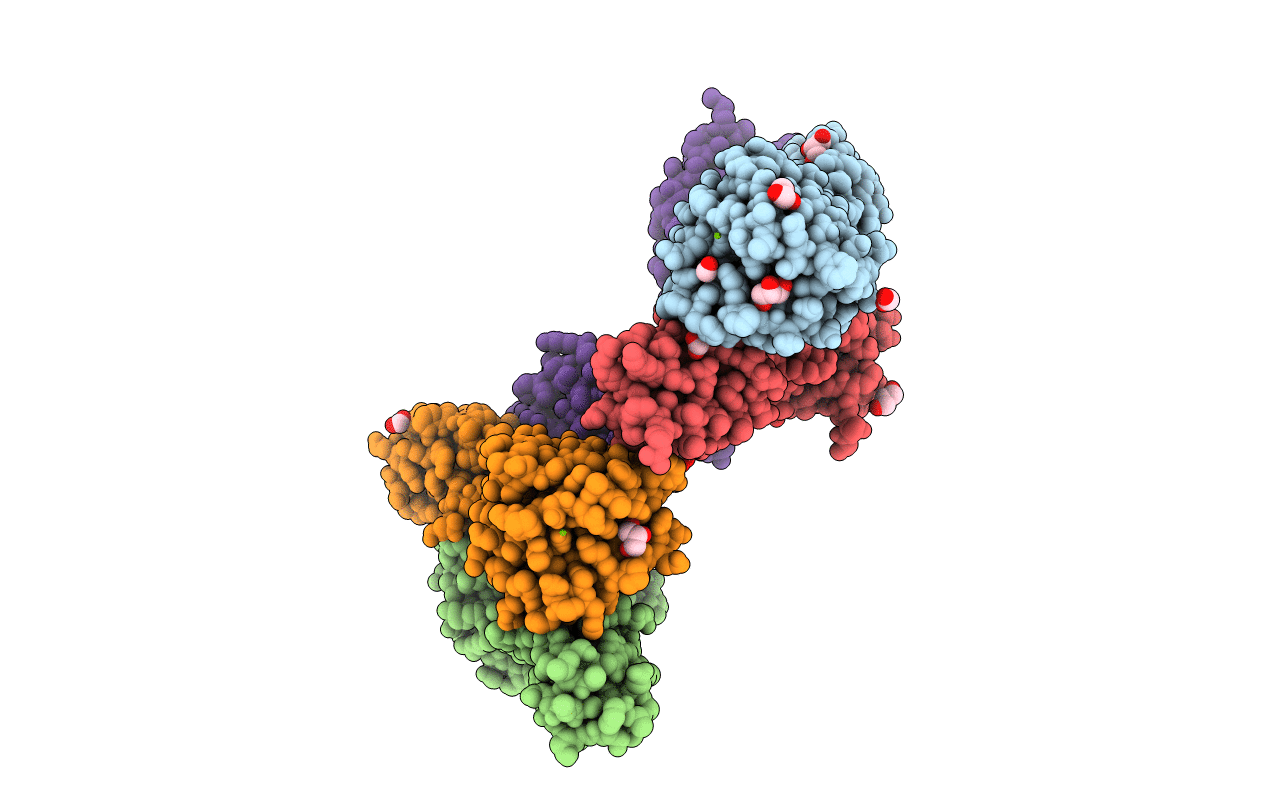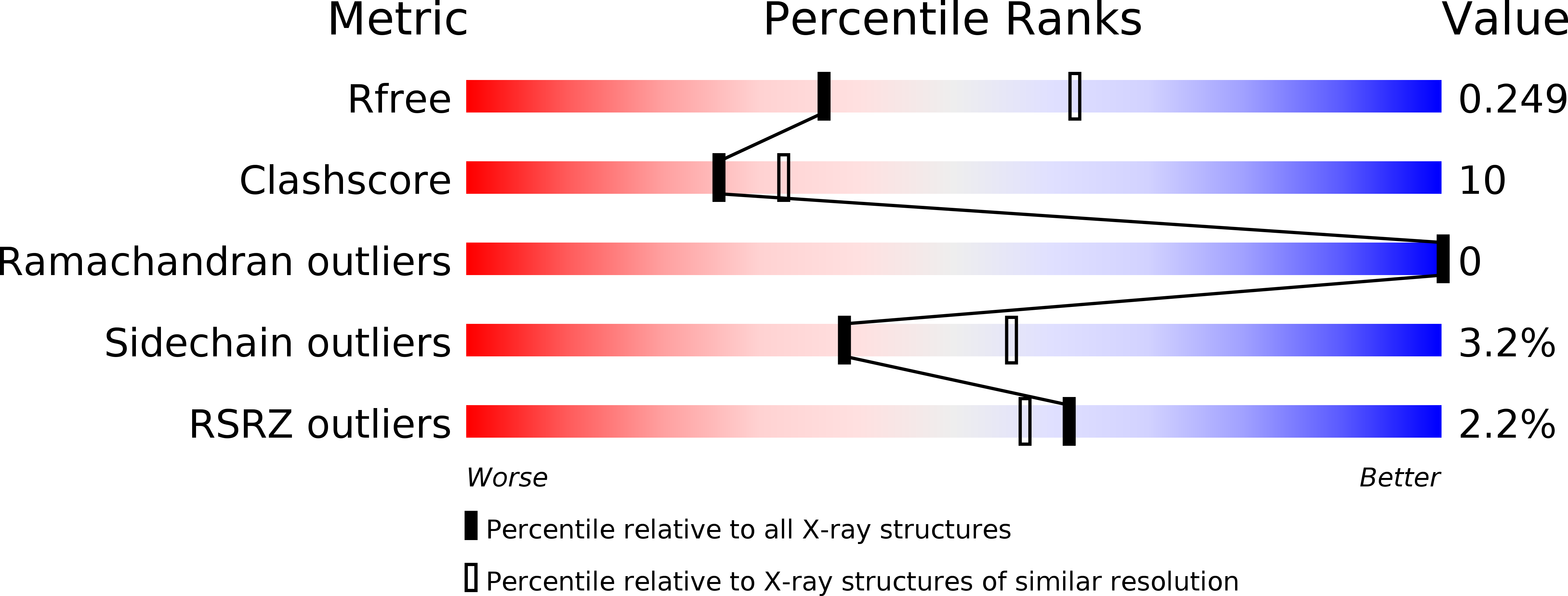
Deposition Date
2017-06-16
Release Date
2018-05-23
Last Version Date
2024-03-27
Entry Detail
PDB ID:
5XT2
Keywords:
Title:
Crystal structures of full-length FixJ from B. japonicum crystallized in space group P212121
Biological Source:
Source Organism:
Bradyrhizobium japonicum (Taxon ID: 375)
Host Organism:
Method Details:
Experimental Method:
Resolution:
2.65 Å
R-Value Free:
0.24
R-Value Work:
0.20
R-Value Observed:
0.20
Space Group:
P 21 21 21


